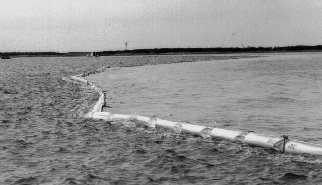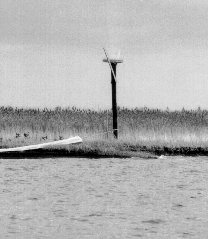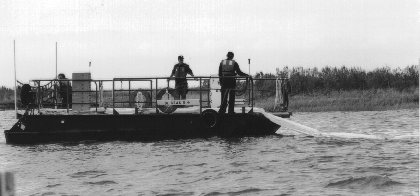|
I. Introduction (cont.)
Natural resource damage settlementsNJDEP's Office of Natural Resource Damages settled six natural resource damage cases in 1998 for a total of $1.6 million. Furthermore, using damage recoveries from previous settlements, NJDEP expended more than $3.7 million in 1998 for the purchase and protection of 658 acres of ecologically valuable land, of which 53 degraded acres will be restored or rehabilitated to ecologically valuable conditions. The office works closely with the Site Remediation Program during oil spills and remediation of hazardous sites in assessing natural resource damages. In 1998, a task force with members from the Site Remediation Program, Office of Natural Resource Damages, environmental community and regulated community met throughout the year to prepare a guidance document to assist those parties responsible for addressing site contamination issues and spills that involve potential damages to natural resources. The task force hopes to issue a final report in 1999. NJDEP also provided $150,000 for research and management initiatives to protect and restore wildlife resources injured during past oil spills and $23,000 for a pilot project in which permanent boom anchors were constructed at the mouth of three tributaries to Delaware Bay. These boom anchors will allow rapid deployment of booms to this remote area during any future oil spills, thus protecting hundreds of acres of salt marsh ecosystem. The primary mission of NJDEP's natural resource damage effort is to provide for the assessment of New Jersey's natural resources that have been injured by the release of oil or other hazardous substances and to perform restoration in coordination with other state and federal programs that oversee spill and site response and in cooperation with responsible parties. Restoration projects must have a demonstrable link to injuries caused by specific releases. The office is under the Assistant Commissioner for Natural and Historic Resources, working with the other natural resource agencies within NJDEP, such as the Division of Parks and Forestry, the Division of Fish, Game and Wildlife, and the Green Acres Program, in addition to the Site Remediation Program.
NJDEP Installs Dual Purpose Anchor Poles for Spill Protection and Osprey Nests
|
|||||||||||||||||||||||||||||||||||||||||||||||
| To report an environmental
incident impacting NJ, call the Toll-Free 24-Hour Hotline |
||
Contact DEP | Privacy Notice | Legal Statement & Disclaimers | Accessibility Statement |
||
Site Remediation Program: SRP
Home | About SRP |
Search | Help Copyright © State of New Jersey, 1996- |



